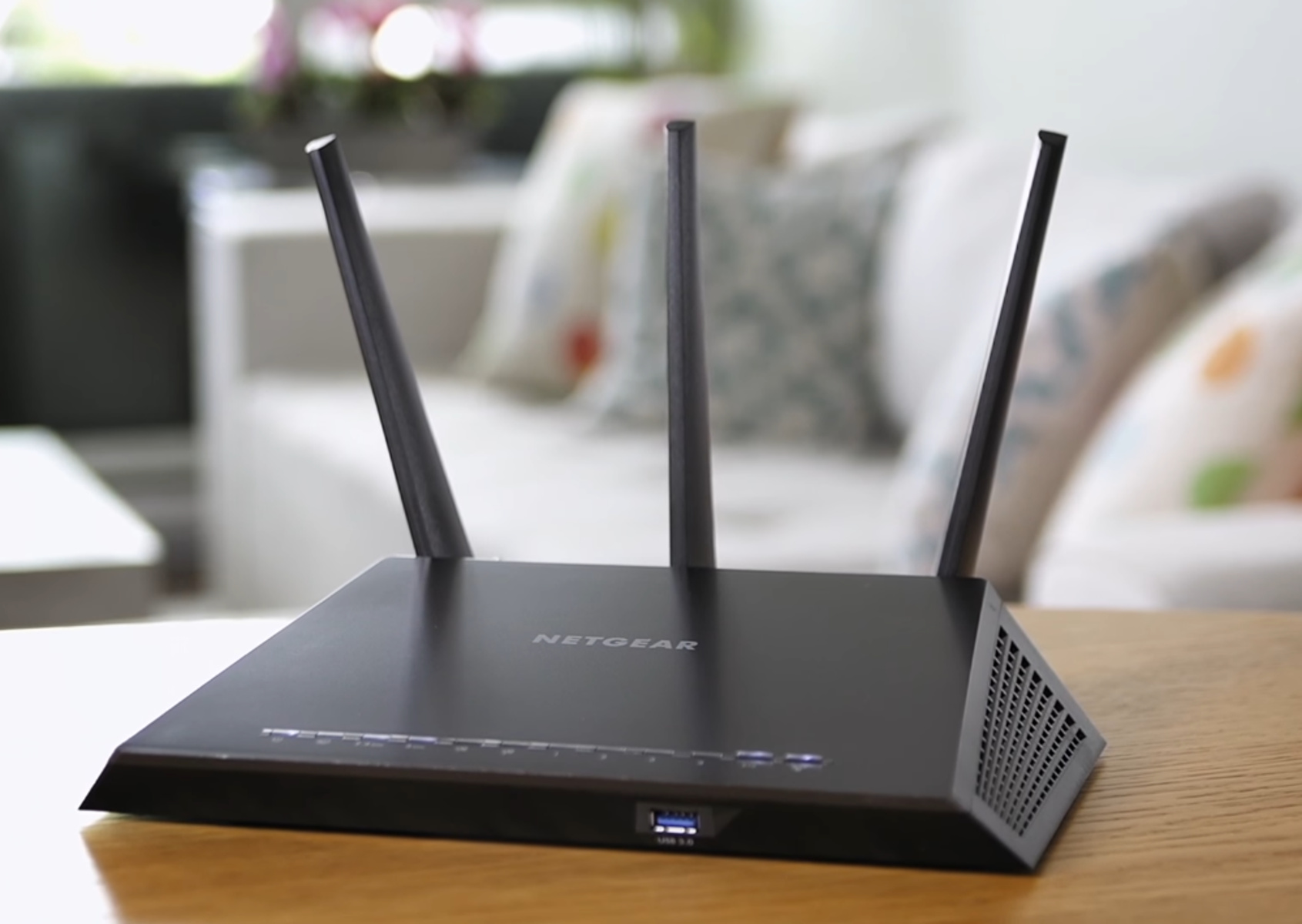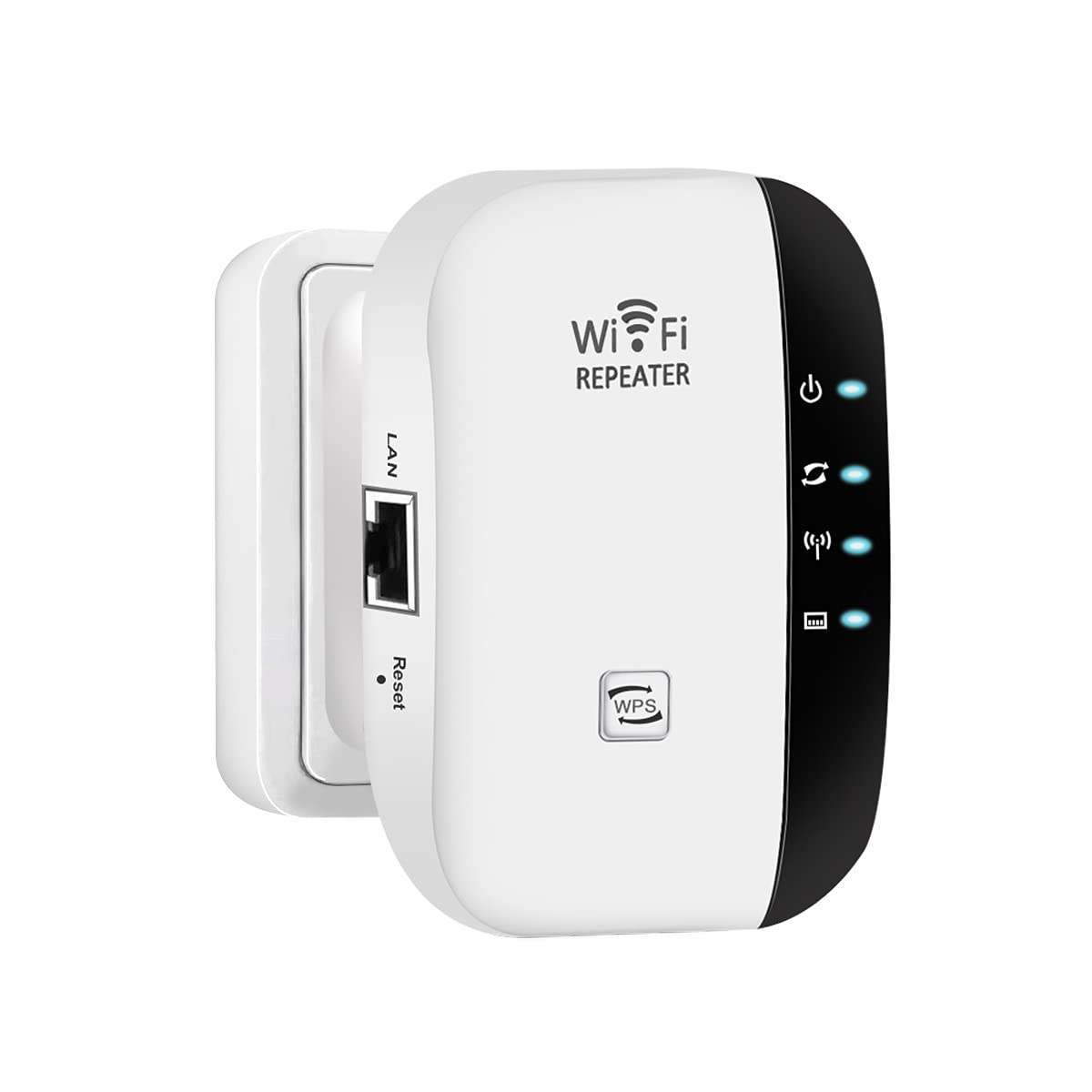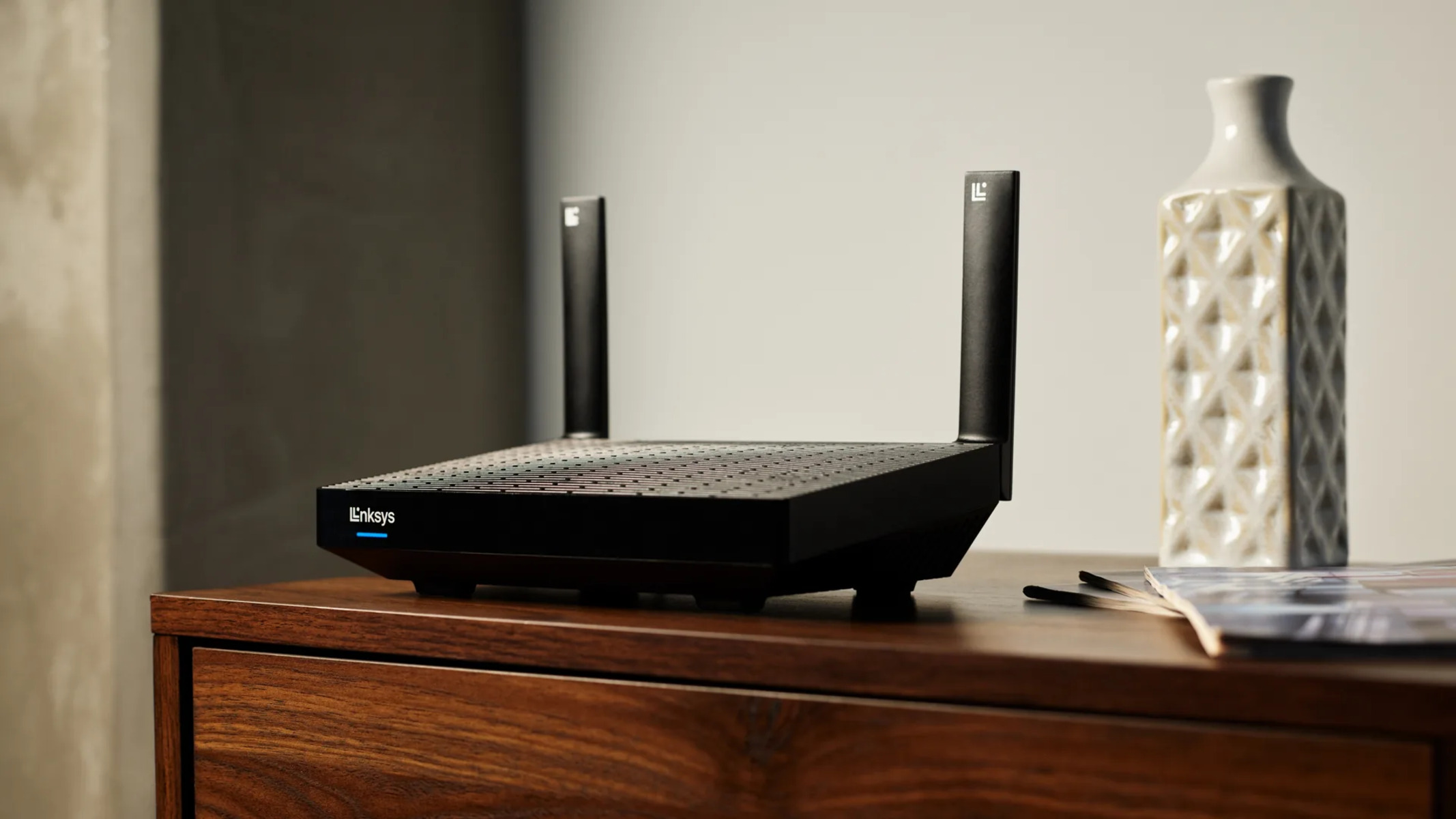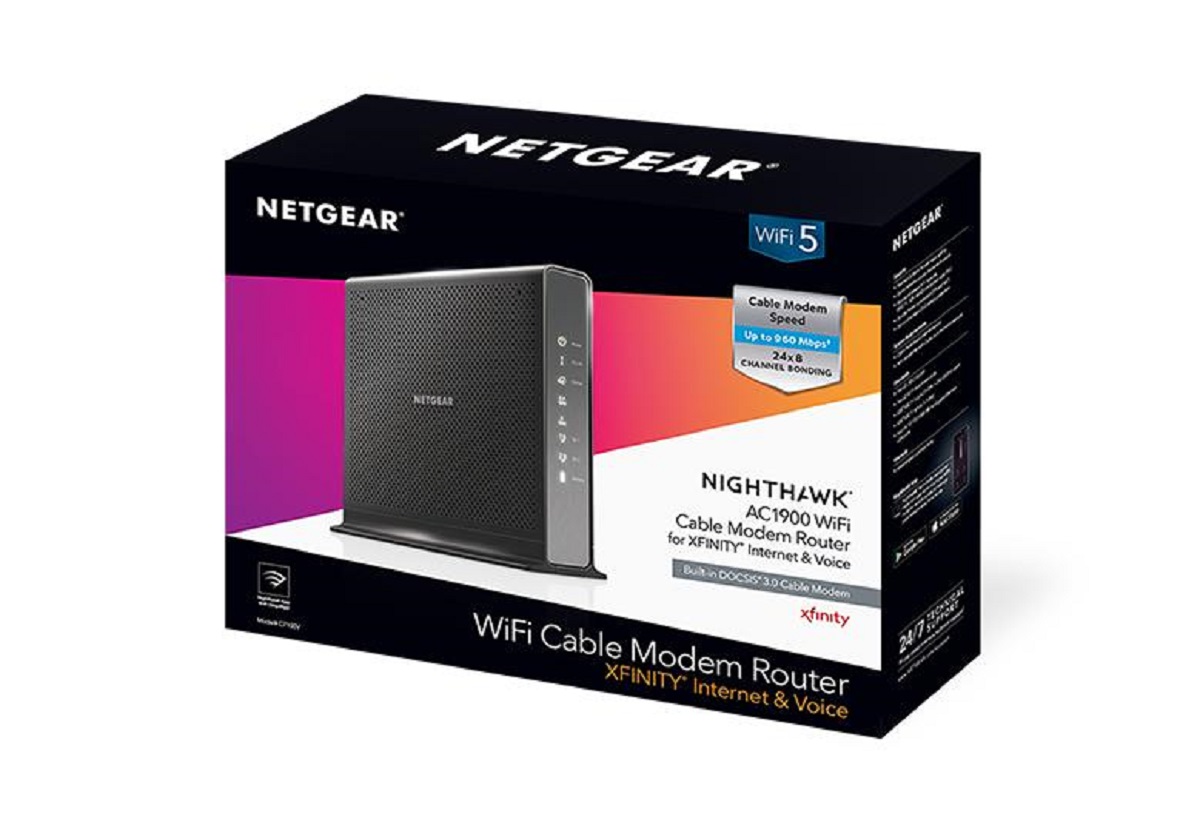Introduction
Wireless networking has become an integral part of our lives, providing convenient and flexible connectivity to our devices. As technology continues to evolve, so do the security measures that protect our wireless networks. One such security protocol is WPA2 (Wi-Fi Protected Access 2), which is widely used to safeguard wireless communications.
In recent years, a new feature called Wi-Fi Protected Setup (WPS) has been introduced to simplify the process of connecting devices to a wireless network. WPS allows users to easily connect their devices by pressing a button or entering a PIN instead of manually entering the network password. However, this convenience also comes with its own set of vulnerabilities.
In addition to WPS, there is another noteworthy aspect of wireless networking called Wi-Fi Peer-to-Peer (P2P) connectivity. This allows devices to connect directly to each other without the need for a wireless access point. Combining WPA2, WPS, and P2P creates a powerful and convenient combination known as WPA2 WPS-P2P.
In this article, we will delve into the details of WPA2 WPS-P2P, discussing its definition, how it works, the benefits it provides, the risks and vulnerabilities associated with it, and ultimately, how to secure it. By understanding these aspects, you can make informed decisions and take appropriate steps to enhance the security of your wireless network.
What is WPA2?
WPA2 stands for Wi-Fi Protected Access 2 and is a security protocol designed to protect wireless networks. It is the successor to WPA and offers stronger encryption and authentication mechanisms. WPA2 uses the Advanced Encryption Standard (AES) algorithm, which is widely regarded as highly secure.
The main purpose of WPA2 is to prevent unauthorized users from intercepting and accessing data transmitted over a wireless network. It achieves this by encrypting the network traffic, making it unreadable to anyone without the correct encryption key. This ensures the confidentiality and privacy of the transmitted data.
WPA2 also provides authentication mechanisms to verify the identity of devices trying to connect to a wireless network. It uses a four-way handshake process to establish a secure connection between the device and the access point. This authentication process prevents unauthorized devices from gaining access to the network.
One of the key advantages of WPA2 is its compatibility with older devices that support the previous security standard, WPA. This ensures that devices using older wireless network adapters can still connect to a WPA2-secured network, while also benefiting from the enhanced security features of WPA2.
WPA2 has become the standard security protocol for wireless networks, providing a strong foundation for protecting sensitive information and maintaining the integrity of network communications. It is recommended to use WPA2 encryption for all wireless networks to ensure maximum security and prevent unauthorized access.
What is WPS?
Wi-Fi Protected Setup (WPS) is a feature that simplifies the process of connecting devices to a wireless network. It aims to make the setup process more user-friendly and convenient, especially for users who may not be tech-savvy. The primary goal of WPS is to eliminate the need for manually entering the network password.
WPS offers two different methods for connecting devices to a Wi-Fi network: the Push Button Configuration (PBC) method and the PIN method. In the PBC method, users simply press a physical button on the wireless access point and the device they want to connect. The two devices then automatically establish a secure connection.
The PIN method requires entering a unique eight-digit PIN into the device’s software or user interface. This PIN can either be pre-configured on the access point (sometimes printed on a label) or generated randomly. By entering the correct PIN, the device can authenticate itself and establish a connection to the network.
WPS also provides a convenient way to add new devices to an already-established Wi-Fi network. Users can simply press the WPS button on the access point and then on the new device they want to connect. The devices will authenticate themselves and establish a secure connection without the need for entering a network password.
While WPS aims to simplify the process of connecting devices to a wireless network, it is important to be aware of its security implications. WPS has been found to have several vulnerabilities that can potentially expose the network to unauthorized access. These vulnerabilities have led to security concerns and recommendations to either disable WPS or use alternative methods of connecting devices to the network.
It is worth noting that not all devices and access points support WPS. While it can provide convenience in some scenarios, it is essential to evaluate the security risks and make informed decisions regarding its usage.
What is WPS-P2P?
Wi-Fi Protected Setup Peer-to-Peer (WPS-P2P) is an extension of the traditional WPS feature that enables devices to establish a direct wireless connection with one another without the need for a wireless access point. This peer-to-peer functionality allows for seamless communication and data sharing between devices, even in the absence of an existing Wi-Fi network.
With WPS-P2P, devices can connect to each other using WPS-P2P certified protocols, which include Wi-Fi Direct and NFC (Near Field Communication). Wi-Fi Direct utilizes Wi-Fi technology to create ad-hoc connections between devices, allowing them to communicate with each other directly. NFC, on the other hand, enables devices to connect by simply touching them together or bringing them into close proximity.
This direct device-to-device connectivity has numerous practical applications. For example, it allows for easy sharing of files between smartphones or tablets without the need for an internet connection or a local network. It also enables devices to print directly to a wireless printer or stream media content to a smart TV without the intermediary of a Wi-Fi network.
It is worth noting that while WPS-P2P provides convenient direct connections, the security implications must be considered. Connecting devices directly exposes them to potential security risks, as they bypass the security measures provided by a wireless access point. Therefore, it is important to adopt proper security practices, such as encrypting the data being transmitted and ensuring that devices only connect to trusted peers.
WPS-P2P offers an additional layer of versatility to Wi-Fi connectivity, providing users with more options for seamless device-to-device communication. By understanding its capabilities and taking appropriate security measures, users can benefit from the convenience and functionality offered by WPS-P2P while minimizing the associated risks.
Understanding WPA2 WPS-P2P
WPA2 WPS-P2P refers to the combination of the WPA2 security protocol and the WPS-P2P feature. It brings together the robust encryption and authentication mechanisms of WPA2 with the convenient device-to-device connectivity of WPS-P2P. This combination provides users with a secure and user-friendly wireless networking experience.
With WPA2 WPS-P2P, users can establish secure connections between devices using the WPS-P2P certified protocols, such as Wi-Fi Direct and NFC. These connections leverage the strong encryption and authentication mechanisms of WPA2, ensuring that data transmitted between devices remains confidential and protected from unauthorized access.
The integration of WPA2 and WPS-P2P offers numerous advantages in terms of convenience and security. It allows for easy setup and direct communication between devices, eliminating the need for a wireless access point. This can be particularly useful in scenarios where internet access is limited or unavailable, such as in remote areas or during outdoor activities.
Moreover, WPA2 WPS-P2P maintains the compatibility of WPA2 with older devices and networks. Devices that support WPA2 can connect seamlessly to WPA2 WPS-P2P networks while benefiting from the enhanced security features provided by WPA2.
However, it is crucial to be aware of the potential risks and vulnerabilities associated with WPS-P2P and take appropriate precautions. As with any wireless networking technology, there is a risk of unauthorized access or interception of data. It is essential to ensure that devices are updated with the latest security patches and configure appropriate security settings, such as strong encryption and secure PINs or passwords, to mitigate these risks.
Understanding the capabilities and limitations of WPA2 WPS-P2P is key to maximizing its benefits while minimizing the potential security risks. By using this combination responsibly and employing best security practices, users can enjoy the convenience and security of WPA2 WPS-P2P in their wireless networking endeavors.
Benefits of WPA2 WPS-P2P
WPA2 WPS-P2P combines the strengths of WPA2 and WPS-P2P to provide users with several key benefits in their wireless networking experience. Let’s explore some of the advantages of using WPA2 WPS-P2P:
1. Enhanced Security: WPA2 WPS-P2P utilizes the strong encryption and authentication mechanisms of WPA2 to protect the confidentiality and integrity of data transmitted between devices. This ensures that sensitive information remains secure and inaccessible to unauthorized users.
2. Convenient Setup: The integration of WPS-P2P makes the initial setup process quick and easy. Users can connect their devices without the need for a wireless access point, simplifying the connection process, especially when internet access is limited or unavailable.
3. Direct Device-to-Device Communication: WPA2 WPS-P2P facilitates seamless communication and data sharing between devices without the intermediary of a wireless network. This allows for instant sharing of files, printing, and media streaming, enhancing productivity and convenience.
4. Compatibility: WPA2 WPS-P2P maintains compatibility with older devices and networks that support WPA2, ensuring that devices using older wireless network adapters can still connect and benefit from the enhanced security features of WPA2.
5. Versatility: WPA2 WPS-P2P offers a versatile wireless networking solution. It can be used in various scenarios, such as outdoor activities, public spaces, or remote areas where a traditional Wi-Fi network is inaccessible or impractical.
6. Improved User Experience: The seamless and user-friendly nature of WPA2 WPS-P2P enhances the overall user experience. It reduces the hassle of manually entering network credentials and simplifies the process of connecting devices, making it accessible to users of all technical backgrounds.
While these benefits make WPA2 WPS-P2P an attractive option for wireless networking, it is essential to be aware of the associated risks and vulnerabilities. Employing proper security practices, such as keeping devices updated and configuring strong encryption and secure PINs or passwords, is crucial to mitigate these risks and ensure a secure wireless network.
Risks and Vulnerabilities of WPA2 WPS-P2P
While WPA2 WPS-P2P offers convenience and enhanced security features, it is important to be aware of the potential risks and vulnerabilities associated with this wireless networking combination. Understanding these risks allows users to take appropriate measures to mitigate them. Here are some of the main risks and vulnerabilities of WPA2 WPS-P2P:
1. Brute Force Attacks: WPA2 WPS-P2P is susceptible to brute force attacks, where an attacker attempts to guess the correct PIN or password to gain unauthorized access to the network. This is a particular concern when weak or easily guessable PINs are used.
2. Weak or Default PINs: Devices often come with preconfigured PINs, which are sometimes weak or shared across multiple devices of the same model. Attackers can exploit this weakness and easily gain access to the network by exploiting these default or weak PINs.
3. Offline Attacks: WPA2 WPS-P2P’s vulnerability to offline attacks is a significant concern. Attackers can capture the handshake messages exchanged during the setup process and then use powerful computing resources to crack the encryption key at a later time.
4. Brute-Force PIN Attacks: Attackers can use brute force techniques to systematically try all possible combinations of PINs until they find the correct one. This is an effective attack method against weak or easily guessable PINs.
5. Security Flaws in Implementations: Security vulnerabilities can arise from weaknesses in the implementation of WPA2 WPS-P2P in devices and network equipment. These flaws can be exploited by attackers to gain unauthorized access to the network or compromise the security of connected devices.
To mitigate these risks and vulnerabilities, it is crucial to follow best security practices when using WPA2 WPS-P2P. Some recommended measures include:
- Choose strong, unique PINs for WPS-P2P connections.
- Regularly update firmware and software on all devices involved in the network.
- Disable WPS if it is not necessary for your specific use case.
- Regularly monitor and review the connected devices in your network to ensure there are no unauthorized connections.
By taking these precautions and staying informed about the latest security advisories and updates, users can reduce the risks associated with WPA2 WPS-P2P and enhance the security of their wireless network.
How to Secure WPA2 WPS-P2P
Securing WPA2 WPS-P2P is crucial to protect your wireless network and ensure the confidentiality and integrity of your data. By following these recommended security practices, you can enhance the security of your WPA2 WPS-P2P-enabled network:
1. Strong Passwords: Choose a strong and unique password for your WPA2 network. Avoid using common passwords or easily guessable phrases. Include a combination of uppercase and lowercase letters, numbers, and special characters.
2. Disable WPS: If you do not require the convenience of WPS-P2P, it is recommended to disable WPS on your wireless access point. This eliminates the potential vulnerabilities associated with WPS and reduces the attack surface of your network.
3. Regularly Update Firmware: Keep your wireless access point, devices, and connected network equipment up to date with the latest firmware updates. Manufacturers often release updates that address security vulnerabilities and improve the overall stability and performance of the devices.
4. Use Strong Encryption: Enable the strongest encryption method supported by your devices, such as WPA2-PSK (AES). This ensures that your network traffic is encrypted and protected from eavesdropping by unauthorized users.
5. Monitor Connected Devices: Regularly check the devices connected to your network and ensure that only authorized devices are allowed to connect. Remove any unknown or suspicious devices from the network and change the network password if unauthorized access is suspected.
6. Use Secure PINs: If you choose to use the PIN method for WPS-P2P connections, make sure to generate a strong and random eight-digit PIN. Avoid using easily guessable PINs such as birthdays or consecutive numbers.
7. Secure Physical Access: Protect your wireless access point from physical access by placing it in a secure location. This prevents unauthorized individuals from tampering with the device or accessing sensitive network settings.
By implementing these security measures, you can significantly enhance the security of your WPA2 WPS-P2P-enabled network. Regularly reviewing and updating your security practices will help to safeguard your network against evolving threats and maintain a secure wireless environment.
Conclusion
Wireless networking has revolutionized the way we connect and communicate with our devices. WPA2 WPS-P2P offers a powerful combination of the WPA2 security protocol and the convenience of WPS-P2P, enabling secure and user-friendly connections between devices. By understanding the fundamentals and potential risks associated with WPA2 WPS-P2P, users can make informed decisions to enhance the security of their wireless networks.
WPA2 provides robust encryption and authentication mechanisms, ensuring the confidentiality and privacy of data transmitted over a wireless network. WPS-P2P simplifies the device-to-device connectivity, allowing for convenient and direct communication without the need for a wireless access point.
However, it is essential to be aware of the risks and vulnerabilities that exist in WPA2 WPS-P2P. Weak PINs, brute-force attacks, and security flaws in implementations can potentially compromise the security of the network. Taking necessary security measures, such as using strong passwords, disabling unnecessary features like WPS, and keeping devices updated, can help mitigate these risks.
Securing WPA2 WPS-P2P also involves regular monitoring of connected devices and implementing strong encryption methods. By following these best practices and staying informed about the latest security developments, users can maintain a secure wireless network and protect their sensitive information from unauthorized access.
In conclusion, the combination of WPA2 and WPS-P2P offers enhanced security and convenience in wireless networking. By understanding the strengths and weaknesses of this combination and employing appropriate security measures, users can enjoy the benefits of WPA2 WPS-P2P while minimizing the potential risks. It is crucial to stay vigilant and adapt to evolving security threats to ensure the continued safety of our wireless networks.

























